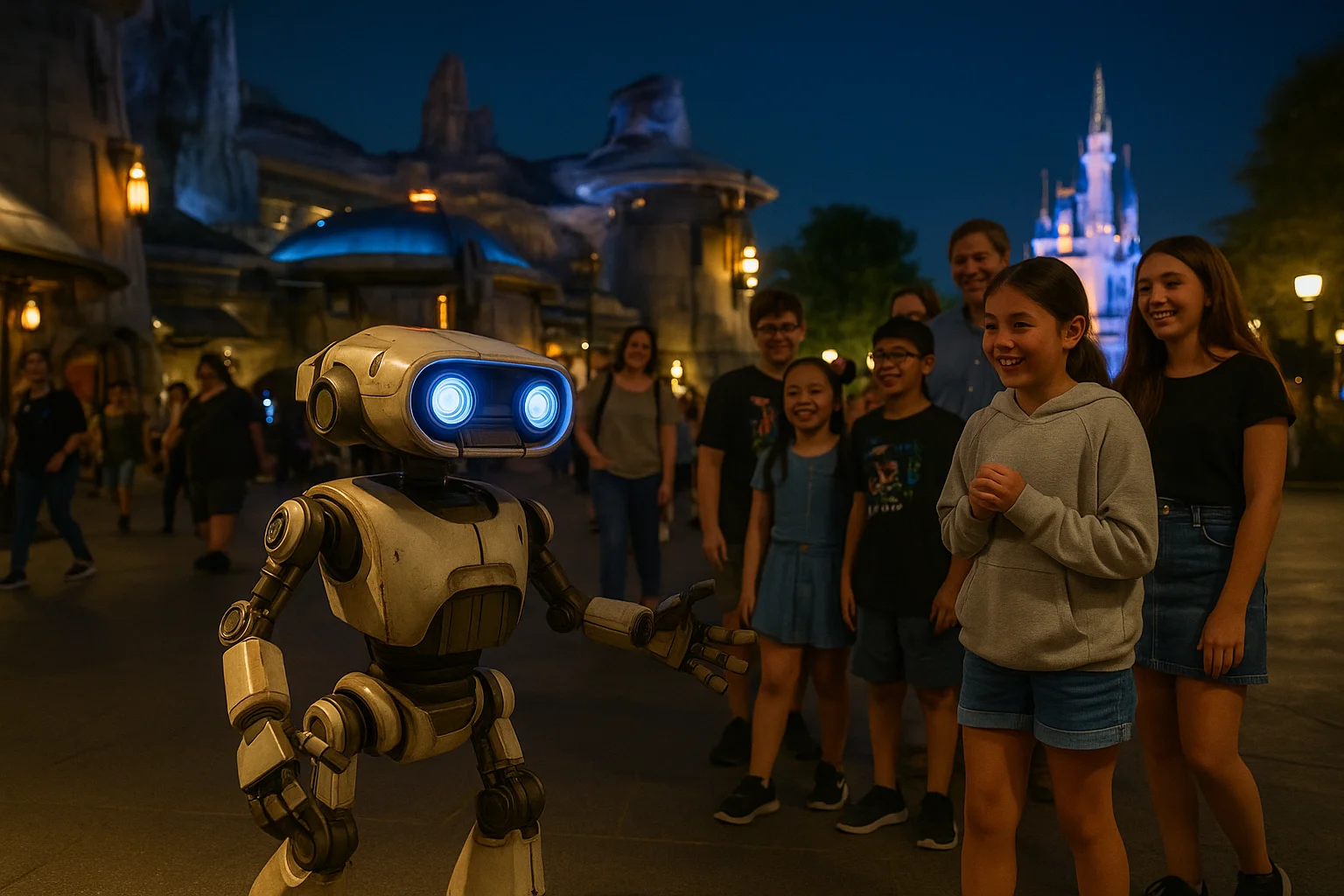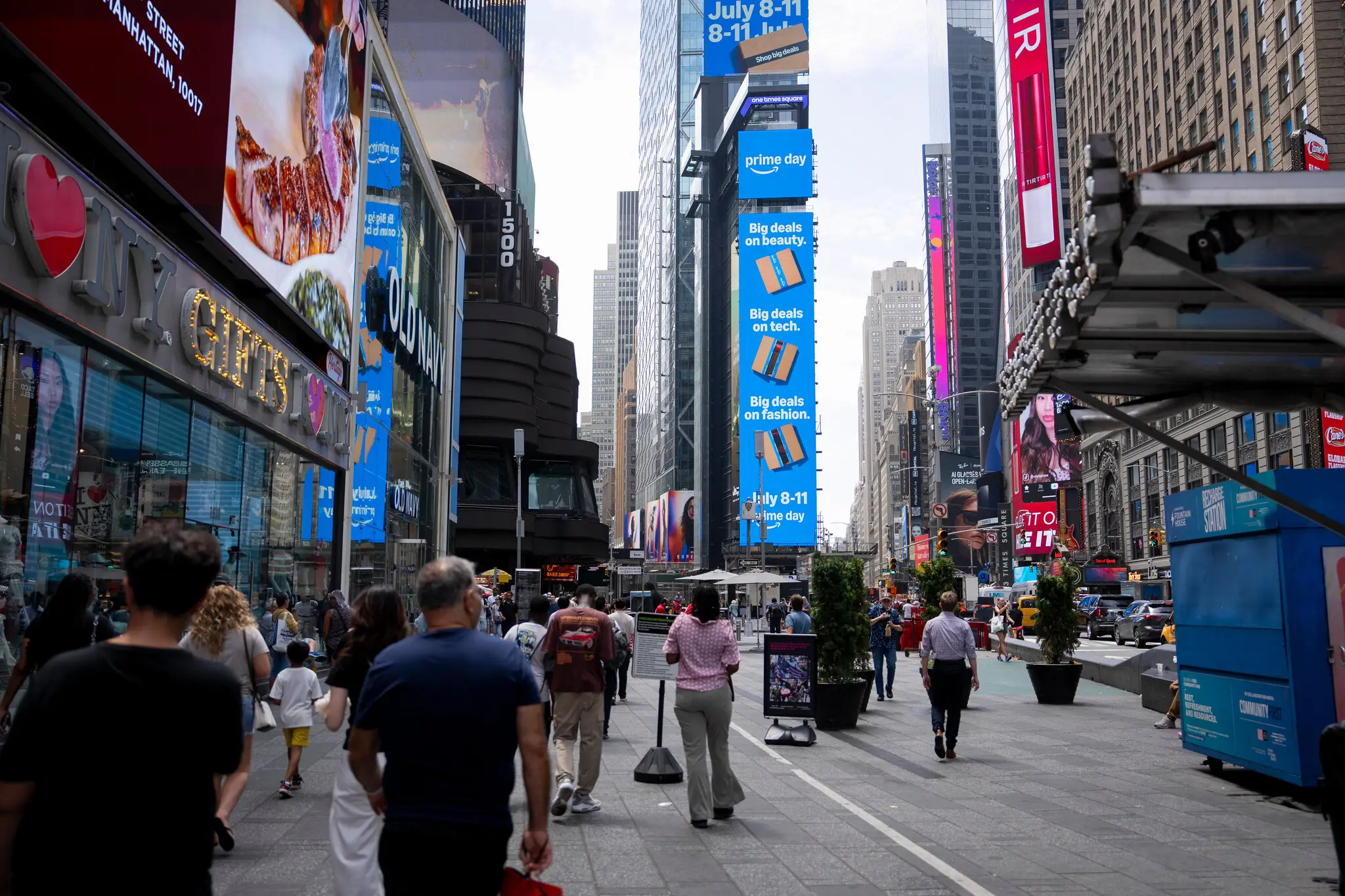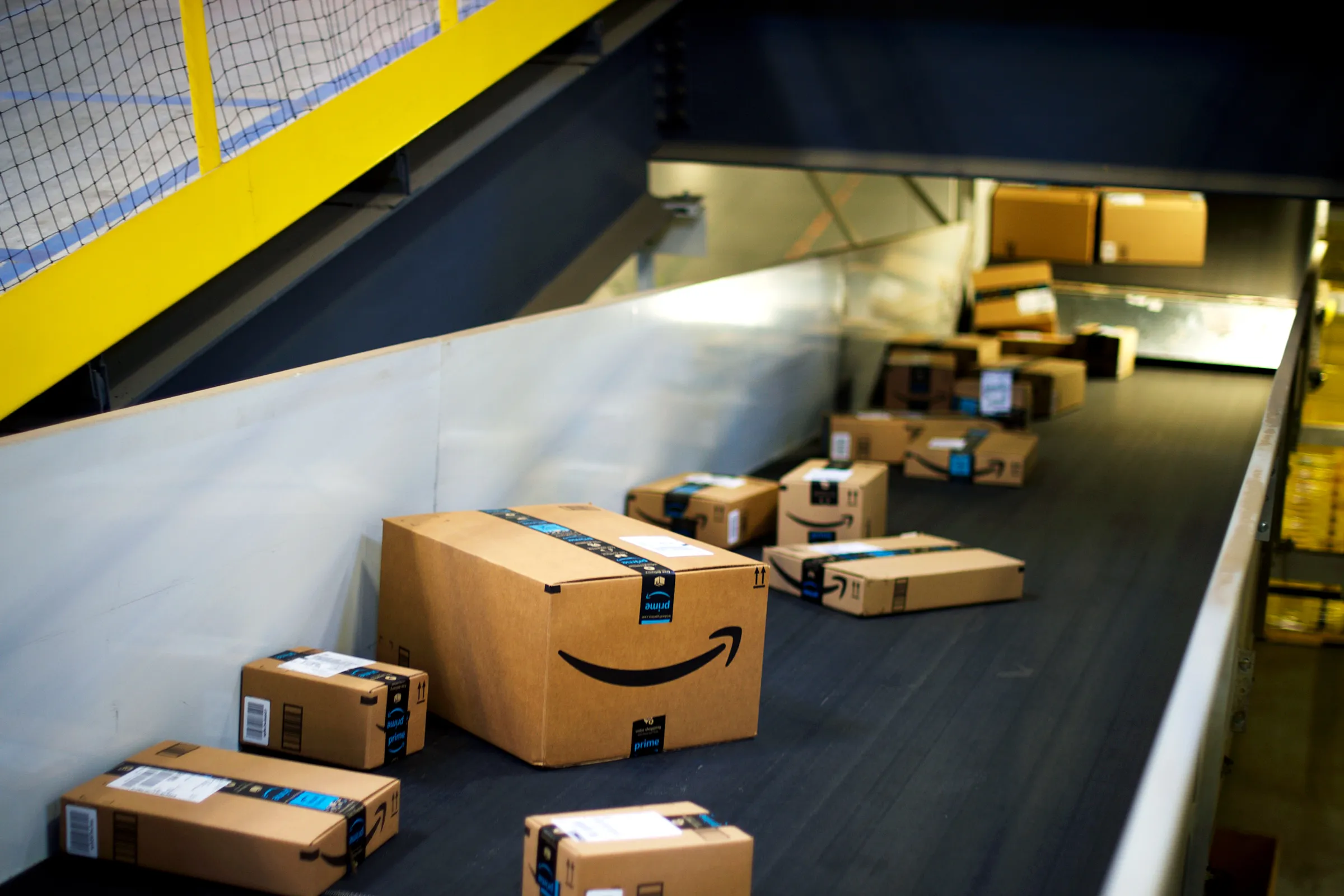Disney Imagineering raises the AI bar, prompting its BDX droids to show emotion and affirming, “You’re intelligent.”
16.07.2025
Imagineering’s Original Mission
Founded in 1952 by Walt Disney, Imagineering was conceived as a creative laboratory where engineers, artists and inventors could combine cutting‑edge technologies with storytelling to craft new attractions for Disney parks around the globe. Seven decades later, that mandate naturally encompasses artificial intelligence, which now drives some of the company’s most ambitious robotics projects.
Reinforcement Learning Gives Droids Personality
One standout initiative centers on reinforcement learning, a branch of AI that teaches machines through experience. The first beneficiaries are the charming BDX droids—small, bipedal robots that senior vice‑president of Imagineering R&D Kyle Laughlin calls “a giant step forward” in bringing beloved characters into the physical world.
From Batuu to Tech Conferences
Since debuting at Disneyland’s Star Wars: Galaxy’s Edge in late 2023, the emotive droids have delighted guests and popped up at events ranging from South by Southwest in Austin to NVIDIA’s GTC conference in Silicon Valley. Their purpose is twofold: convey a convincing on‑screen personality in real space, and dramatically shorten development timelines.
Speeding Up the Creative Pipeline
Laughlin notes that workflows that once took years can now be compressed into mere weeks. By starting with an animator’s performance—essentially pre‑visualizing the character—Imagineers run millions of simulations that help each droid learn to balance, walk and emote like a curious child. Freed from painstaking manual coding, engineers can focus on nuance: how a droid tilts its head, hesitates before a step or reacts to a guest’s smile.
A Long Tradition of Mechanical Magic
Disney’s fascination with lifelike machines stretches back to 1963, when the Enchanted Tiki Room unveiled its first audio‑animatronic birds. Pirates of the Caribbean and It’s a Small World soon followed. In recent years, stunt‑robots (“stuntronics”) have sent Spider‑Man soaring 65 feet above Avengers Campus, while sophisticated figures populate Star Wars: Rise of the Resistance and Tiana’s Bayou Adventure. The BDX program represents the next evolutionary rung—robots that not only move but think for themselves.
Tech‑Sector Allies and Open‑Source Tools
Progress accelerated this spring when Disney Research joined forces with NVIDIA and Google DeepMind to launch Newton, an open‑source physics engine designed to teach robots complex tasks with exceptional precision. During NVIDIA CEO Jensen Huang’s GTC keynote, a BDX unit named Blue shared the stage as Huang assured it, “You are smart.” Laughlin says Newton will underpin the next generation of robotic characters, hinting that the BDX droids are “only the beginning.”
Cross‑Studio Collaboration and On‑Set Performers
Lucasfilm and Industrial Light & Magic also contribute to the effort. The BDX concept was inspired by the video game Star Wars Jedi: Fallen Order and, rather than rely on CGI, the real robots will appear in Jon Favreau’s film The Mandalorian and Grogu, slated for May 22, 2026. Laughlin recalls working on set with the droids, treating them like live performers alongside human actors.
Looking Ahead: HERBIE and a Roadmap of Free‑Roaming Characters
The next addition is the H.E.R.B.I.E. bot, linked to Marvel’s Fantastic Four: First Steps, releasing July 25. It will debut this summer as Disney begins deploying ever more expressive, autonomous characters across parks, cruise ships and future attractions. Part of the company’s $60 billion decade‑long expansion, the plan envisions free‑ranging robots that can wander, interact and convey personalities impossible for costumed performers.
A Promise of More Wonders to Come
“Our aim is to introduce new characters faster than ever,” Laughlin says. “Artificial intelligence and reinforcement learning are the keys to shrinking that timeline, letting guests meet these figures in person sooner.” He teases a “robust roadmap” of forthcoming creations that will populate Disney worlds in ways audiences have never experienced before.





Leave a Comments